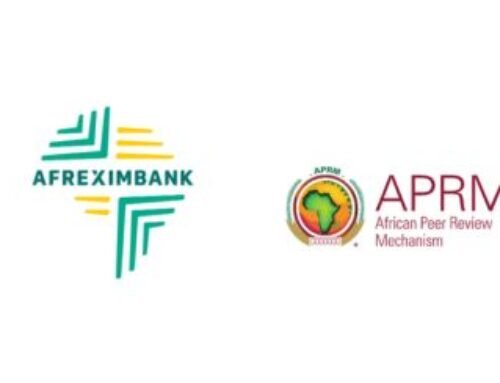
The Entertainment and Media industry in Nigeria has grown in leaps and bounds over the years. The country produces around 2,500 films annually and is projected to record total cinema revenue of $22 million in 2022. The total music revenue is estimated to rise to $73 million at a 13.4% Compound Annual Growth Rate (CAGR) in 2022. Nollywood started in 1992 and is ranked the 3rd most prolific film industry in the world, after the USA and India.
Today, the industry has grown beyond being inconspicuous, making it a worthwhile investment for potential investors.
When it comes to the Entertainment and Media industry, Credit Raters consider the following:
- The Market Position: This covers risk assessments on the company’s market, growth trends and business position within the industry. This is measured by, among others, the company’s market share, such as the Audience/Viewer share and advertising revenue share for electronic or online media as well as risk assessments on growth trends, cyclicality, and substitution by technologies or other products/services, which could affect the revenue and profit stability.
- Operating Management: This is factored for risk assessments on the company’s ability to control cost, which could partially be addressed by a vertically integrated operation. The company’s ability to improve its operating efficiency is also analyzed thoroughly including an analysis of the company’s capacity utilization for print media and the company’s performance relative to its peers.
- Operating Margins (Earnings Before Interest and Tax (EBIT) and Earnings Before Interest, Taxes, Depreciation and Amortization (EBITDA)) analysis: This is also considered by comparing the company’s ratios with other players in the same industry or other industry with similar characteristic, which is important in analyzing the company’s competitiveness. The analysis is helpful to measure operating efficiency and the company’s flexibility in adjusting selling price. The risk assessments also include the company’s working capital management (collection and inventory management), the management track record and reputation.
- Management Expertise: This also plays a pivotal role, as human resources are among valuable assets. Quality and reliability of media are sometimes seen from these sources whether it is credible, accurate or dependable.
- The Company’s diversification of revenue sources: This is intensively examined in terms of their ability to create/manage various contents and market segmentation including the production house, the range of media types and regional diversity for print media, the good locations for cinema or theaters, which would certainly help the sustainability of the company’s revenue/business.
The analysis also includes reviews on the company’s ability to diversify agency and advertiser as well as widen its advertising customer base in terms of product group or category to prevent concentration and increase the level of bargaining power. The ability to diversify its program sourcing could also help the company control its operating costs.








Leave A Comment